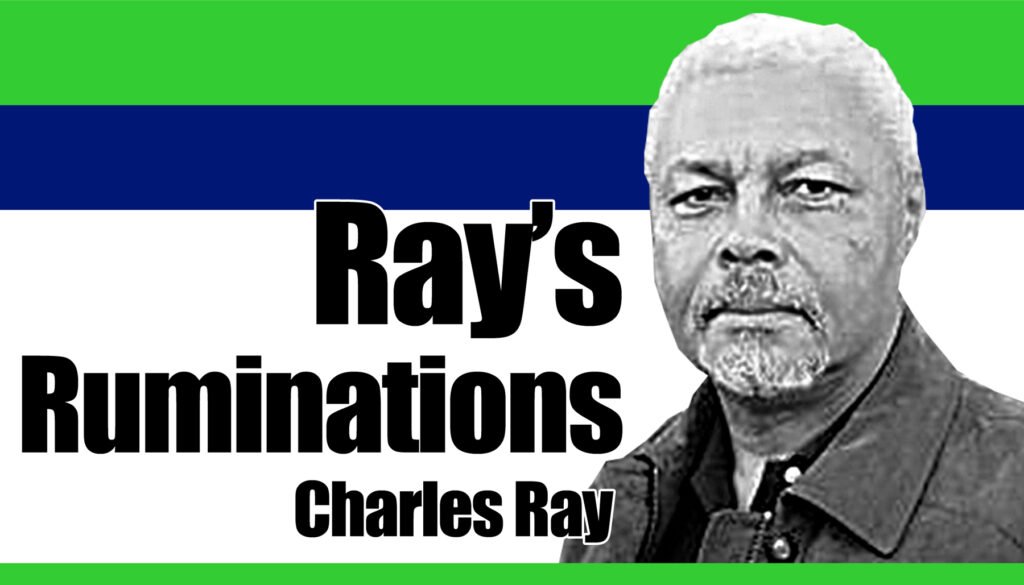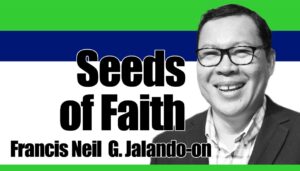
With the advent of the Internet and social media platforms, the media landscape has undergone a seismic shift. Traditional news outlets, once considered the gatekeepers of information, are now overshadowed by a myriad of online sources. These new platforms, in addition to some major media outlets that align with specific political ideologies, have created a fragmented media environment.
As people gravitate towards sources that align with their pre-existing beliefs, they are exposed to information that reinforces those beliefs while dismissing opposing perspectives. This phenomenon has led to a situation where two people can witness the same event or piece of information and yet arrive at completely opposite conclusions regarding the significance or meaning.
Moreover, the algorithms that drive social media platforms amplify this effect. By prioritizing content that garners engagement – often the content that elicits strong emotional responses – these algorithms promote sensationalism and polarization. As a result, people are more likely to encounter news and opinions that resonate with their biases, further entrenching preexisting beliefs.
Our brains are wired to process information in ways that confirm our existing beliefs and values, a tendency knows as confirmation bias. When we’re presented with ambiguous or conflicting information, we tend to interpret it in a manner that aligns with our preconceived notions. This is compounded by the backfire effect, where attempts to correct misinformation – or disinformation – can actually reinforce false beliefs.
For example, a politically charged event such as a protest can be perceived in starkly different ways. Supporters of the cause may view it as a legitimate exercise of freedom of expression, while opponents see it as unlawful disruption. The same recorded footage of the protest, filtered through the lens of confirmation bias, can lead to diametrically opposed interpretations. An example in the U.S. is the fact that certain conservatives view Black Lives Matter protesters as violent anarchists, while at the same time calling the January 6, 2021. Capitol rioters patriots.
Social media platforms and other online communities also often function as echo chambers, where people are surrounded by like-minded individuals. In these echo chambers, dissenting opinions are rare, and the prevailing narratives go unchallenged. This homogeneous environment reinforces existing beliefs and fosters a sense of validation and belonging. The anti-vaccination movement, which began in the 18th century in the U.S., with religious leaders describing vaccines as the ‘devil’s work,’ has, with the advent of social media, become a global movement, and leads to large communities resisting life-saving vaccines even when the situation on the ground shows that vaccines save lives.
This was shown during the Covid pandemic, and is being demonstrated yet again in the state of Texas, which has since the end of February 2025, experienced the worst outbreak of measles in the U.S. in decades, and the first death from the disease in more than 10 years. The epicenter of the outbreak, in the plains and Panhandle region of the state, is the area of the lowest rate of vaccination.
The divergence in perception, fueled by hyper partisanship and misinformation has profound implications for entire societies. It undermines the possibility of constructive dialogue and consensus building, as individuals are less likely to engage with or understand opposing viewpoints. This can deepen societal divisions, erode trust in institutions, and hinder the functioning of democratic processes.
One of the most troubling consequences is the erosion of hared facts. In a polarized environment, even basic facts become contested terrain. For example, scientific data on climate change or public health guidelines during a pandemic can be interpreted in drastically different ways, leading to conflicting beliefs and behaviors. This lack of a common factual foundation makes it difficult to address collective issues and implement effective solutions.
Ultimately, addressing the challenge of hyper partisanship and misinformation, or ‘your truth versus my truth,’ requires a collective effort from individuals, media organizations, and policymakers. By fostering a culture of critical thinking and open dialogue, it’s possible to bridge the divide and cultivate a more informed and cohesive society. Through education, diverse exposure, and transparency, it’s possible to promote a more unified understanding of reality, so that we move to a condition of ‘our truth.’ | NWI




